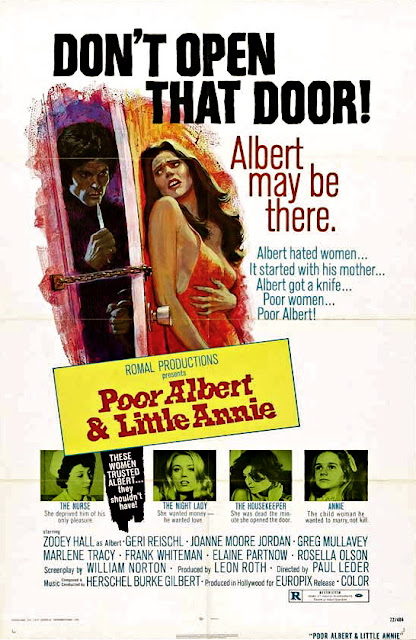Executed with more precision, Deadbeat could and should have come
across as a youth-culture spin on Death
Wish (1974), the quintessential urban-vigilante story about a man slaughtering
criminals after loved ones were victimized. Alas, Deadbeat, also known as Avenged
and Tomcats, can’t quite decide which
path to travel, so the movie’s nearly halfway over before the main character
begins his rampage. Moreover, the filmmakers linger on topless shots and stew in
crude dialogue about sex, so there’s a vaguely pornographic quality to the
picture. Add in the usual problems of vigilante pictures (namely the glorification of violence), and Deadbeat becomes a thoroughly distasteful experience, but not in a provocative way. Things get off to a sleazy start when four
young thugs break into a remote diner, then rape and kill the only occupant, a
pretty young waitress. Eventually, cops connect the thugs with the crime and
arrest them. Later, the victim’s brother, Cullen (Chris Mulkey), watches in
impotent horror as a legal SNAFU allows the thugs to escape punishment. This
provokes Cullen to begin murdering the thugs one by one. Meanwhile, the local
police chief, who happens to be the father of both Cullen and the dead girl,
tracks the murders, soon realizing who must be responsible. The better version
of this movie would have imbued Cullen with virtues unique to his age, putting
generational ideas about law and order into conflict, but Cullen is such an
old-fashioned character he could just as easily be in his 50s
as his 20s. Therefore the slow-moving Deadbeat
offers nothing but a weak recitation of grindhouse tropes.
Deadbeat:
LAME

















